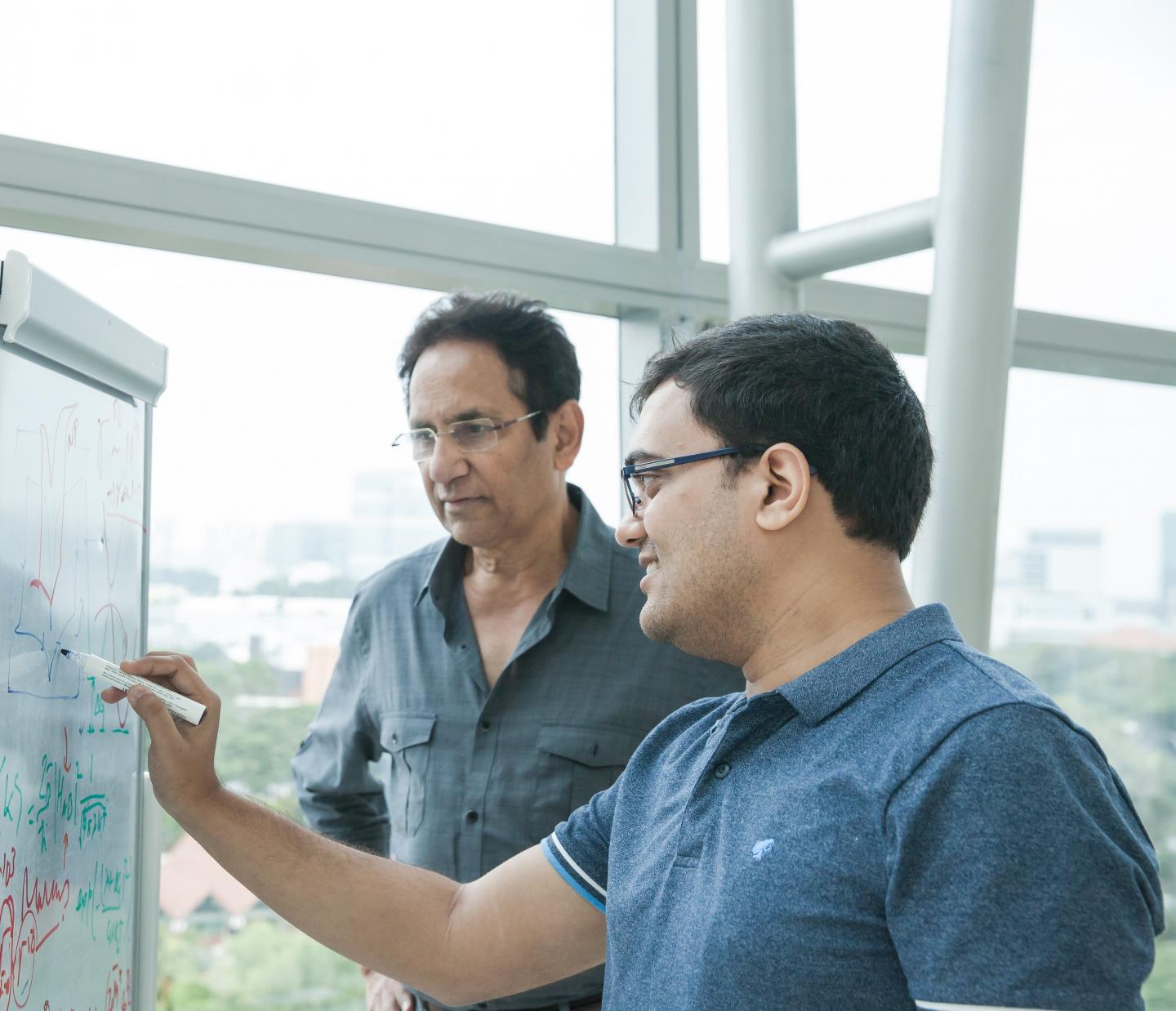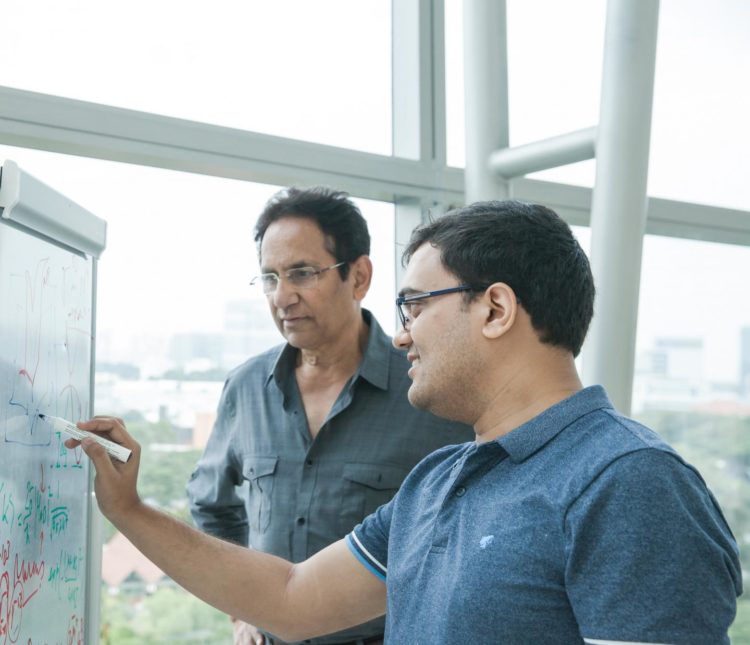Innovative energy-efficient molecular film overcomes bottleneck in material systems that baffled researchers over the last 50 years

Credit: National University of Singapore
Over the last decade, artificial intelligence (AI) and its applications such as machine learning have gained pace to revolutionise many industries. As the world gathers more data, the computing power of hardware systems needs to grow in tandem. Unfortunately, we are facing a future where we will not be able to generate enough energy to power our computational needs.
“We hear a lot of predictions about AI ushering in the fourth industrial revolution. It is important for us to understand that the computing platforms of today will not be able to sustain at-scale implementations of AI algorithms on massive datasets. It is clear that we will have to rethink our approaches to computation on all levels: materials, devices and architecture. We are proud to present an update on two fronts in this work: materials and devices. Fundamentally, the devices we are demonstrating are a million times more power efficient than what exists today,” shared Professor Thirumalai Venky Venkatesan, the lead Principal Investigator of this project who is from the National University of Singapore (NUS).
In a paper published in Nature Nanotechnology on 23 March 2020, the researchers from the NUS Nanoscience and Nanotechnology Initiative (NUSNNI) reported the invention of a nanoscale device based on a unique material platform that can achieve optimal digital in-memory computing while being extremely energy efficient. The invention is also highly reproduceable and durable, unlike conventional organic electronic devices.
The molecular system which is key to this invention is a brainchild of Professor Sreebrata Goswami of the Indian Association for Cultivation of Science in Kolkata, India. “We have been working on this family of molecules of redox active ligands over the last 40 years. Based on the success with one of our molecular systems in making a memory device that was reported in in the journal Nature Materials in 2017, we decided to re-design our molecule with a new pincer ligand. This is a rational de novo design strategy to engineer a molecule that can act as an electron sponge,” said Professor Goswami.
Dr Sreetosh Goswami, the key architect of this paper who used to be a graduate student of Professor Venkatesan and now a research fellow at NUSNNI, shared “The main finding of this paper is charge disproportionation or electronic symmetry breaking. Traditionally, this has been one of those phenomena in physics which holds great promise but fails to translate to the real world as it only occurs at specific conditions, such as high or low temperature, or high pressure.”
“We are able to achieve this elusive charge disproportionation in our devices, and modulate it using electric fields at room temperature. Physicists have been trying to do the same for 50 years. Our ability to realise this phenomenon in nano-scale results in a multifunctional device that can operate both as a memristor or a memcapacitor or even both concomitantly,” Dr Sreetosh further explained.
“The complex intermolecular and ionic interactions in these molecular systems offer this unique charge disproportionation mechanism. We are thankful to Professor Damien Thompson at the University of Limerick who modelled the interactions between the molecules and generated insights that allow us to tweak these molecular systems in many ways to further engineer new functionalities,” said Prof Goswami.
“We believe we are only scratching the surface of what is possible with this class of materials,” added Professor Venkatesan. “Recently, Dr Sreetosh has discovered that he can drive these devices to self-oscillate or even exhibit purely unstable, chaotic regime. This is very close to replicating how our human brain functions.”
“Computer scientists now recognise that our brain is the most energy efficient, intelligent and fault-tolerant computing system in existence. Being able to emulate the brain’s best properties while running millions of times faster will change the face of computing as we know it. In discussions with my longtime friend and collaborator Professor Stan Williams from Texas A&M University (who is a co-author in this paper), I realise that our organic molecular system might eventually be able to outperform all the oxide and ‘ovonic’ materials demonstrated to date,” he concluded.
Moving forward, the NUS team is endeavouring to develop efficient circuits that mimics functions of the human brain.
###
Media Contact
Carolyn Fong
[email protected]
65-651-65399
Related Journal Article
http://dx.





